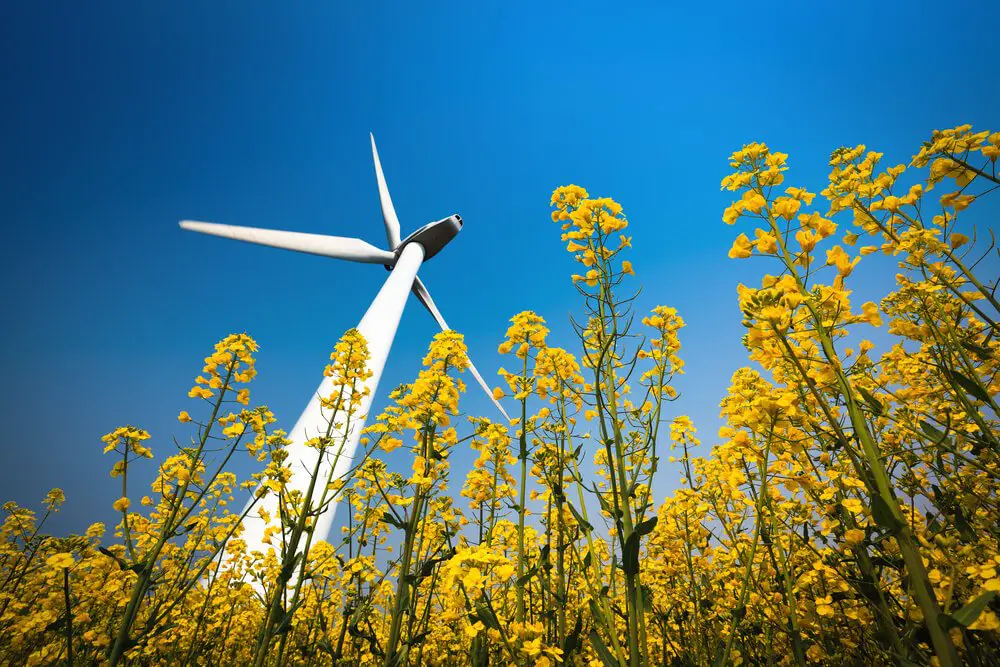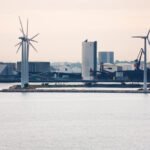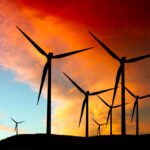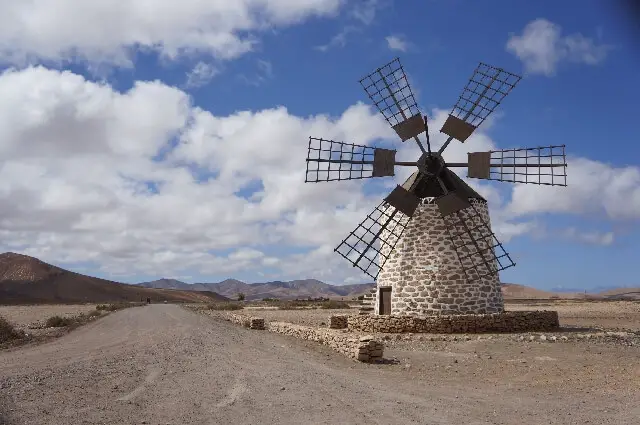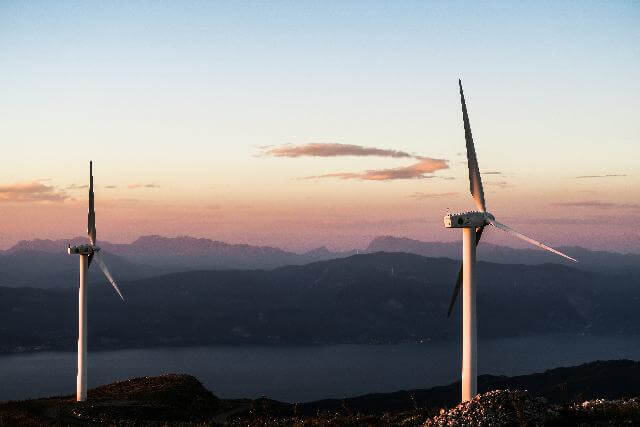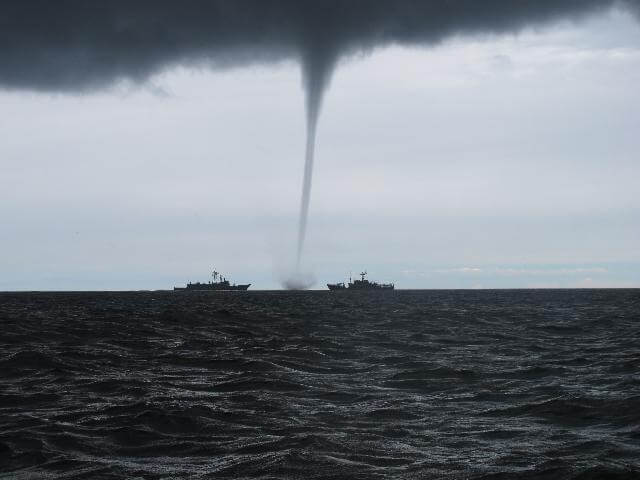You’ve heard that wind energy can provide clean energy. But is it possible that wind turbines may cause any type of pollution?
There has been plenty of research on the pros and cons of using wind turbines to generate wind energy.
Wind turbines and pollution
Wind turbines don’t release as many pollutants in the environment as fossil fuels.
Single and even several wind turbines on farms leave an insignificant footprint. Wind turbines don’t release carbon dioxide into the air.
Wind farms are also a cheaper way than using fossil fuels. This could lead to less air pollution and carbon dioxide emissions.
Landscape and noise pollution
There are still concerns about noise pollution and polluting the landscape. Some residents have stated that wind turbines would spoil the skyline and the view.
Another main concern is the noise emitted from the wind turbines. There is a whooshing noise that comes from the movement of the blades in the wind. There is also the mechanical noise that’s made from the rotor.
Luckily, there are plenty of methods for reducing the amount of noise from wind turbines. Since the 1970s and 1980s, wind turbines have been producing less noise.
What is wind energy?
Wind energy means the process of wind turbines changing wind movement into electricity.
Before, traditional windmills would harness energy to pump water to grind wheat.
Today, modern wind turbines generate wind energy that will later become electricity. Wind energy will then be able to power homes and businesses.
How do wind turbines work?
The way wind turbines work is straightforward. The basic design of a wind turbine involves blades or sails mounted on a rotor.
These blades will then start to spin when they catch the wind. The spinning movement of the blades will start to rotate a shaft that goes from the rotor to a generator.
The generator will then turn the energy from this movement into electricity. The batteries store the generated electricity. Later, homes and businesses can use the electricity.
Wind turbines can work in two different designs. These include the vertical axis wind turbine and a horizontal axis wind turbine.
The blades in a vertical axis wind turbine can detect wind from any direction. These turbines are less efficient than horizontal axis wind turbines.
These wind turbines absorb the wind’s movement and change it into electricity. They can track the direction of the wind through its Yawing process.
Some problems with wind turbines
The top concerns for wind turbines are the impact on the view and the noise pollution. Along with these concerns, other challenges come with wind energy and wind turbines.
Possible danger to wildlife
Wind turbines are a possible danger to the local wildlife. They can injure or even kill local birds and bats. Birds and bats are at risk of flying into the spinning blades.
Studies show that wind turbines are less harmful to birds than human activity. The American Wind Energy Association discovered that they are less harmful to birds.
Their research showed that wind turbines cause less than 0.01% of bird deaths from human activity.
Other man-made reasons for bird deaths include the following:
- Cell and radio towers — 6.8 million
- Power lines — 130 million
- Pesticide poisoning — 67 million
- Cars — 80 million
- Buildings — 550 million
Luckily, over the last 20 years, there have been new advancements to reduce the danger to wildlife. The Wind Energy Technologies Office (WETO) has spent years researching this. WETO has also partnered with environmental organizations to reduce the threat to wildlife.
Trouble getting power to cities.
Wind farms are best suited for remote areas. This is because of the size of blades and the tall towers needed to catch stronger wind currents.
Wind turbines need at least 12-14 km/h to start spinning and begin generating electricity. To generate electricity at total capacity, wind turbines need strong winds of 50-60 km/h.
The ideal place for wind farms is usually in open plains, on top of hills, mountains, and even coastal areas. Even farmers can have their wind turbines to power their farms.
Wind energy can be unreliable.
Wind energy is clean and a source of renewable energy, but it isn’t the most reliable energy source. This is because wind speeds can change depending on the day and the region.
There will be problems with installing wind turbines without the proper research. The location needs to be suitable for generating wind energy.
Because of these conditions, only certain regions are suitable for wind farms. As a result, wind turbines won’t work in countries that don’t have many mountainous and hilly areas.
Lengthy and costly process installing wind turbines
Installing wind turbines can be a long and expensive process. The process begins with a thorough survey to check the wind speed of the location. This will involve building and using a sample turbine over a certain period.
Organizations can then transport and build the wind turbines needed. This is after the organization has approved the location. Each step of the process can lead to high costs for developers.
For offshore wind turbines, the expenses can be even higher. Organizations would need to hire specialized ships for transporting and installing wind turbines.
There are plenty of advantages to using wind energy. It can provide electricity to local communities, creating air pollution.
Despite the benefits, there are still some problems with wind turbines. These challenges include high costs and a long construction process.
Today, there are plenty of methods to reduce the dangers of wind turbines.
